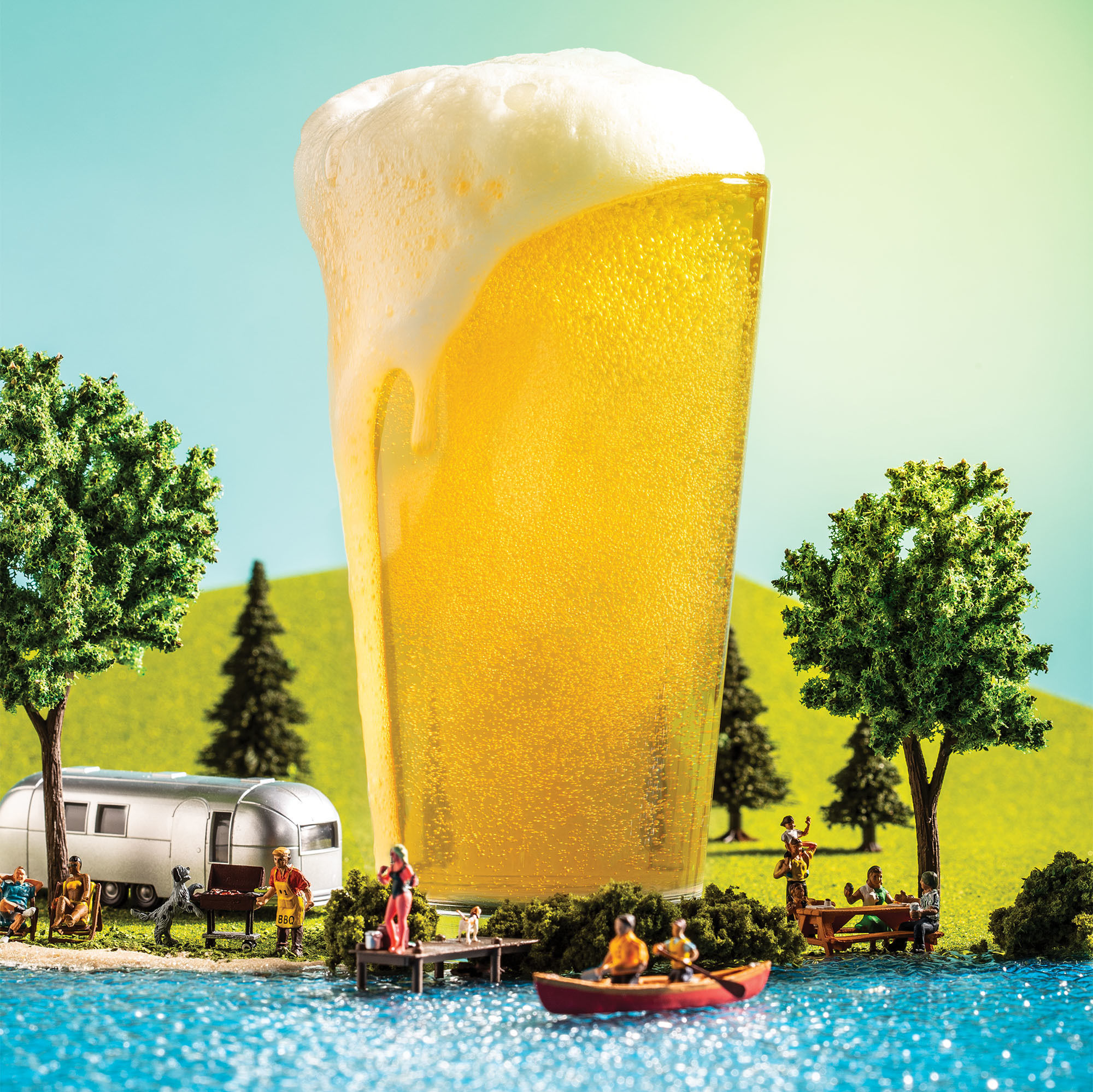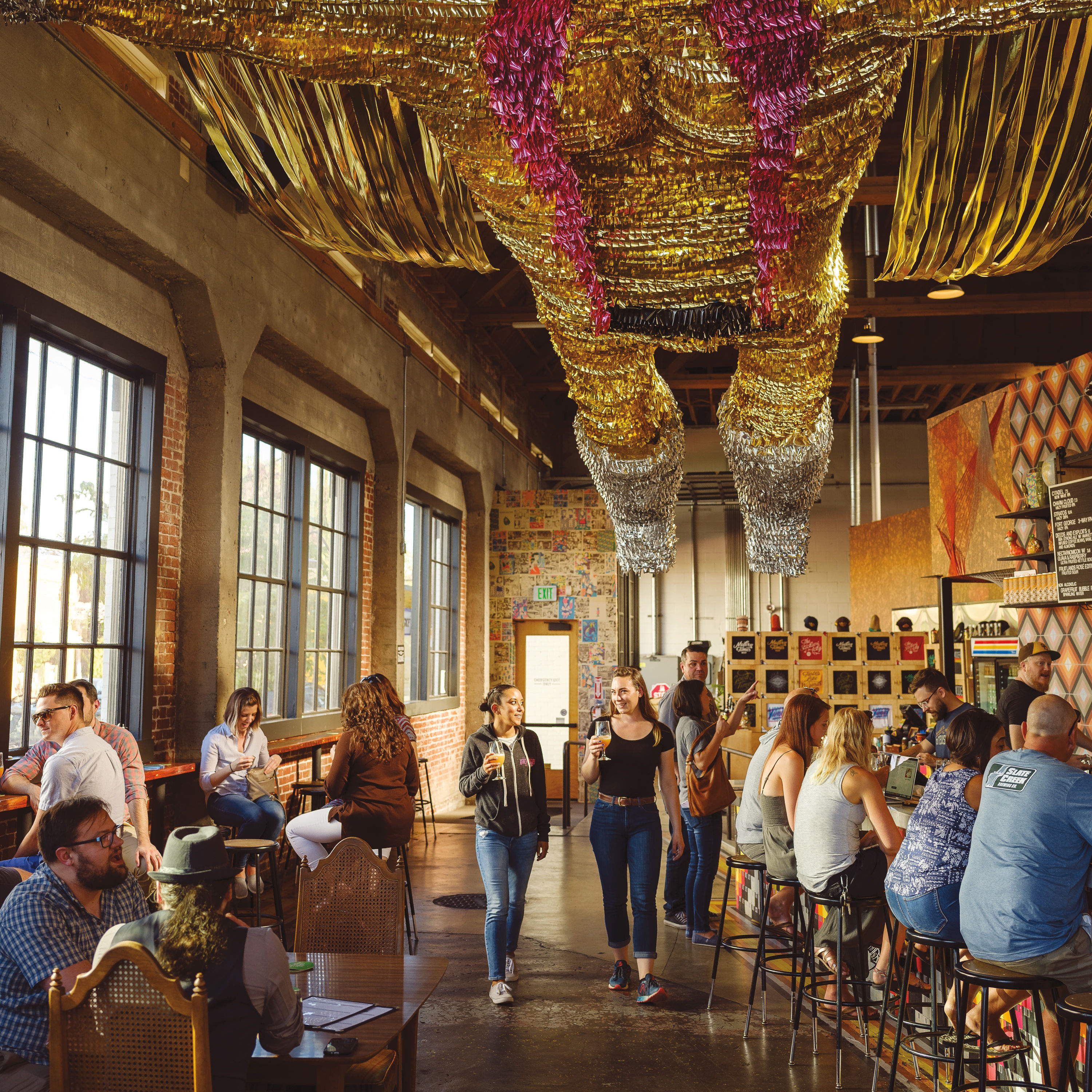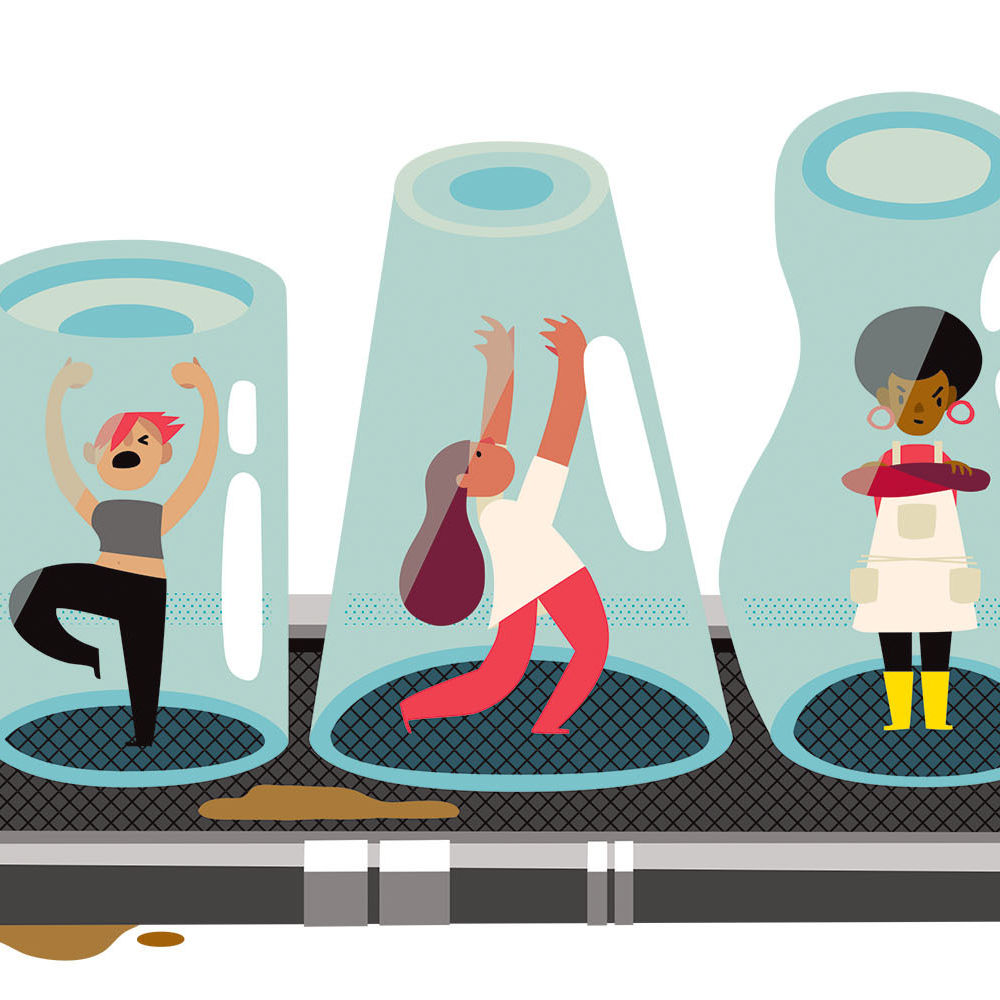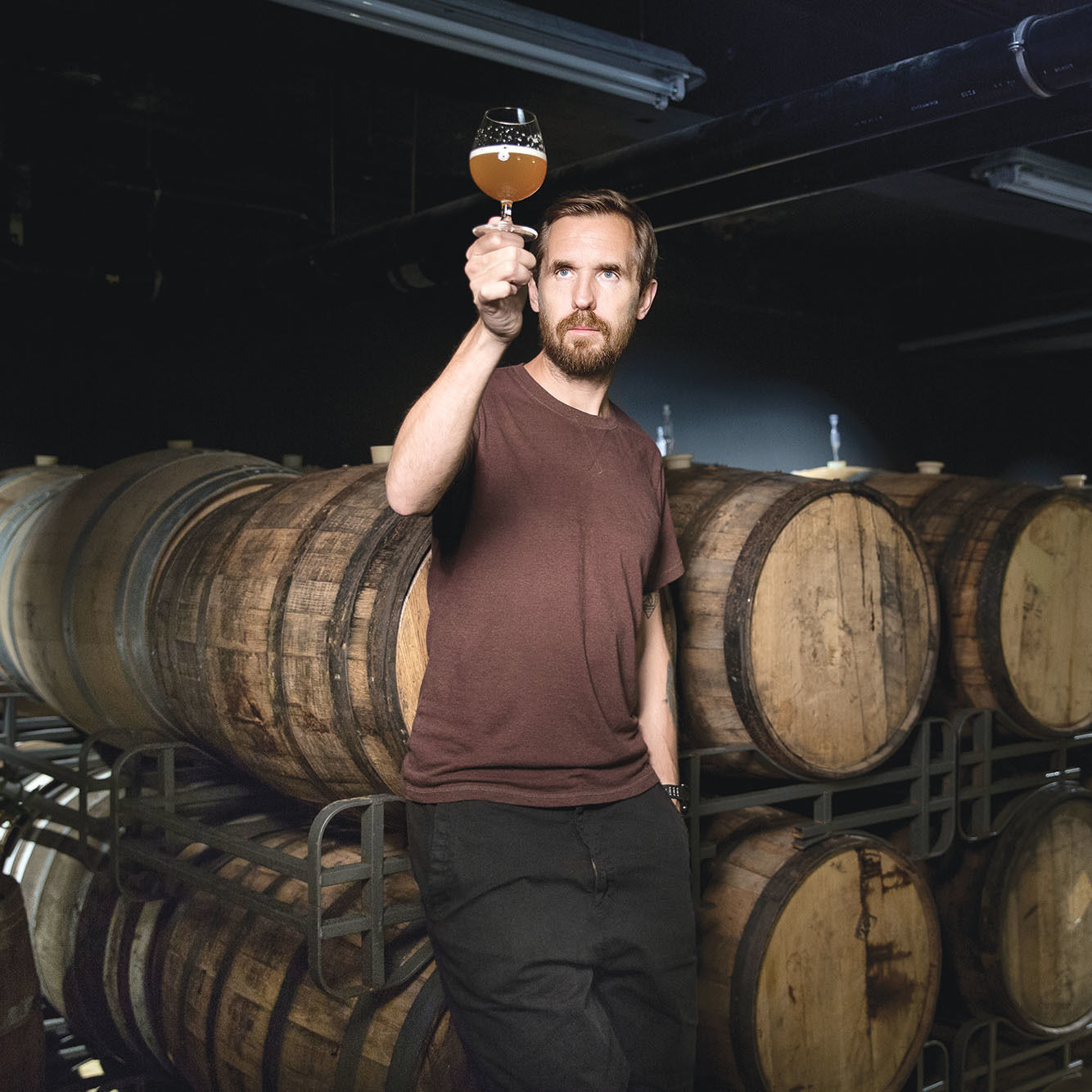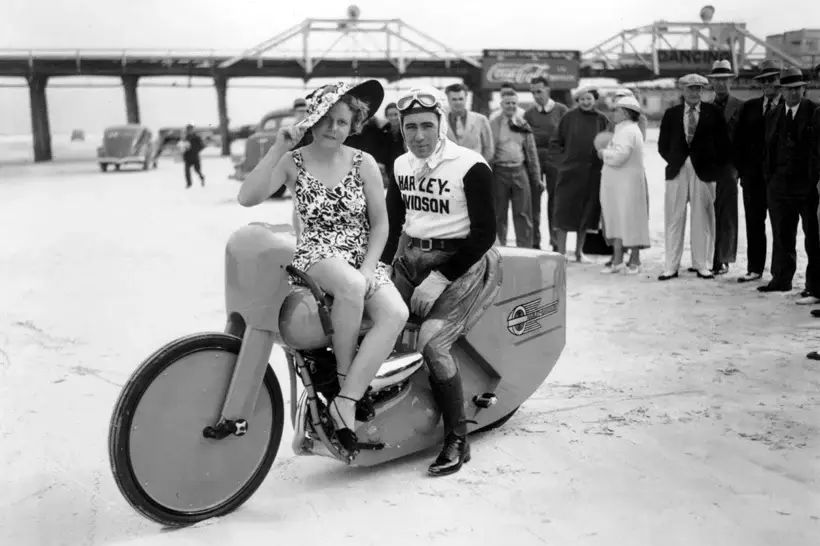Have We Reached Peak Beer?

Image: Alex Eben Meyer
The death toll keeps rising: BridgePort. Burnside Brewing. Alameda Brewhouse. Widmer’s North Portland brewpub, Portland Brewing’s Northwest pub. The past year has not been kind to some of Portland’s ale landmarks.
Has Portland’s craft beer bubble burst? For some, the scene might be nearing capacity.
“I think we’re maxing out,” says Ezra Johnson-Greenough, a festival organizer who’s worked in brewery PR and runs the New School beer blog. “I don’t think that there is a bubble, but we’re getting closer to the top of the glass, and I think it’s only going to incrementally grow.”
Yes, Portland’s beer fridge is getting crowded. There were 30 breweries here in 2008. By the end of 2018, 77 breweries called Portland home, according to the Oregon Brewers Guild. Statewide, the number of breweries jumped from 84 to 292 over the same period—paralleling an upward national trend for craft beer. (Since 2008, the US brewery count has surged from 1,574 to 7,450.) With this increased competition, something has to give.
“It becomes like a stress test,” says Jeff Alworth, a Portland beer writer who produces the Beervana blog and podcast and has authored multiple books on beer, including 2019’s The Widmer Way: How Two Brothers Led Portland’s Craft Beer Revolution. “The individual reason each of those breweries or outlets failed is unique: bad management, tired brands, poor strategies—any of these can hurt a brewery now.”
While some smaller breweries never quite catch on or close due to personal or personnel reasons, there is a pattern among some of the larger breweries that have shuttered facilities.
Founded in 1984 near the old Lovejoy Viaduct in the pre-Pearl District, BridgePort was one of the foundational institutions of the local craft beer scene, and its signature IPA helped popularize the style in the 1990s. It was bought in 1995 by a Texas-based company that ramped up production.
In industrial Northwest, Portland Brewing was opened by Fred Bowman, Jim Goodwin, and current Cascade Brewing owner Art Larrance in 1986, but has changed hands on multiple occasions. Portland Brewing investor Robert Malcom MacTarnahan—yes, the same MacTarnahan with his name on the brewery’s amber ale—bought the place for $3.5 million in 1998. The brewery changed hands multiple times before its purchase by Costa Rica–based Florida Ice & Farm in 2012.
And while Widmer Brothers—now part of the Craft Brew Alliance, of which conglomerate Anheuser-Busch InBev owns a nearly 33 percent stake—is still making plenty of beer on N Russell Street, it has less of a local presence since the closure of the Widmer Gasthaus. (First opened in 1996, the pub was the culmination of Widmer, BridgePort, and Portland Brewing’s fight for an Oregon law that, in 1985, first allowed breweries here to sell beer out of their own brewpubs.)
The seemingly sudden demise of these institutions might seem coincidental. But consider what these old Portland giants have in common: they opened in industrial districts to accommodate growth and large-scale distribution. Perhaps, simply, that model is aging out.
Take Baerlic, the tiny, cleanly branded brewery that’s been quietly churning out simple and accessible ales since 2014. Tucked onto SE 11th Avenue in the Central Eastside—in the midst of one of the densest thickets of breweries in the city—Baerlic has thrived thanks to a lack of world-domination planning. Co-owner Ben Parsons, a former homebrewer, says for a long time his bartender would hand-deliver kegs of Baerlic beer to Imperial Taproom, Hawthorne Hophouse, and the BeerMongers in an old Toyota pickup. And instead of expanding distribution, Parsons says Baerlic made better use of available resources. It began producing more IPA, sure (with very few exceptions, making an IPA is still a nonnegotiable requirement among local breweries), but devoted a significant part of the taplist to lighter, crowd-pleasing lagers and pilsners. When it began canning beers, Baerlic distributed the cans only in a tight radius within the city (mostly on the east side), and kept its more esoteric beers to small batches. And when it did decide to expand in 2018, Baerlic opened a similarly modest taproom in Rose City Park, anchoring a food cart pod.
“You don’t have to be a 20,000-barrel brewery,” says Parsons, who produced just over 1,500 barrels last year with plans to increase to 2,500. “You can be a little neighborhood place. If you do it right, everyone can make money and can have a healthy, happy job and good career.”
Just a bit northwest of Baerlic’s new spot, on Alberta Great Notion Brewing has found massive success without ever putting a can or a keg in someone else’s shop. Opened in the former Mash Tun brewpub in 2016, Great Notion relied on word of mouth and social media to create buzz for its hazy, fruity Northeast IPA and pie- and pastry-flavored “culinary” sour beers. These days, fans wait in line for cans and 32-ounce crowlers of Juice Jr., and the brewery gets national press in Fortune and Paste. While Great Notion is hoping to double production to 5,000 barrels a year in its new Northwest Portland location, cofounder Paul Reiter says the brewery’s future involves more pubs and direct sales but no truckloads of beer. Instead, Reiter hopes to become “the McMenamins of the 2020s.”
“There is room for a neighborhood pub with affordable food and good beer,” he says. “Families still want to go out to a brewery, and on a cold rainy night when you don’t feel like cooking you go to brewpubs. I think those breweries can survive. You have to find a niche and kill it in your niche.”
Indeed, niche may be the future of craft beer. For every larger brewery or taproom that has closed, a smaller one has sprouted up. Brewery closures in Oregon peaked at nine in 2016, but that number has been regularly outpaced by openings, averaging 30 new breweries a year from 2012 through 2018. And, according to Portland State professor emeritus and urban studies expert Carl Abbott, many of those new breweries are finding homes in residential hoods, in “old streetcar strip commercial zones where, historically, you had the hardware store and a couple affordable restaurants, a florist shop and a bank branch.”
From StormBreaker in St. Johns to Ancestry in Sellwood to Montavilla Brew Works, Portland’s never-leave-your-neighborhood layout is a lot friendlier to the new batch of small brewers than to their more isolated industrial-zone predecessors.
“It accentuates the walkability—one more thing you can walk to—and it means you can have three beers, walk home, and be legal,” says Abbott. “It enhances the feel of the neighborhood.”
All of that increased competition is going to lead to a few losses, especially for the bigger brewers. That isn’t necessarily a bad thing for the little brewery around the corner.
